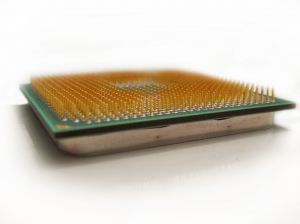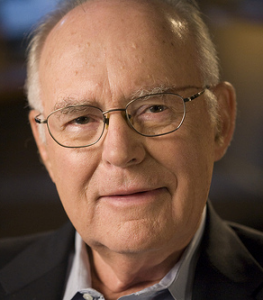Moore’s Law is a computing term which originated around 1970; the simplified version of this law states that processor speeds, or overall processing power for computers will double every two years. A quick check among technicians in different computer companies shows that the term is not very popular but the rule is still accepted.
To break down the law even further, it specifically stated that the number of transistors on an affordable CPU would double every two years (which is essentially the same thing that was stated before) but ‘more transistors’ is more accurate.

If you were to look at processor speeds from the 1970’s to 2009 and then again in 2010, one may think that the law has reached its limit or is nearing the limit. In the 1970’s processor speeds ranged from 740 KHz to 8MHz; notice that the 740 is KHz, which is Kilo Hertz – while the 8 is MHz, which is Mega Hertz.
From 2000 – 2009 there has not really been much of a speed difference as the speeds range from 1.3 GHz to 2.8 GHz, which suggests that the speeds have barely doubled within a 10 year span. This is because we are looking at the speeds and not the number of transistors; in 2000 the number of transistors in the CPU numbered 37.5 million, while in 2009 the number went up to an outstanding 904 million; this is why it is more accurate to apply the law to transistors than to speed.
With all this talk of transistors the average technician or computer user may not understand what the figures mean; a simpler way to explain is that the earlier CPUs on the market had a single speed or frequency rating while the newer models have a rating which refers to more than one CPU.

If you’ve purchased a computer recently you might have an idea of what this means as salespersons may have sold you on the wonders of multi-core CPUs. In the example given above, the speeds over a large number of years went between 1.3 and 2.8, which is barely double but what needs to be kept in mind is that the 2.8 is a QUAD CORE while the 1.3 is a single CORE. This means that the actual power of the 2.8 would be found if you multiply by four – which would give you a whopping 11.2 which is a far cry from 1.3.
Due to the rapid rate that technology has grown in the past few years, most computer technicians you speak with – whether they have heard of Moore’s Law or not will tell you that CPU speeds double each year. Though Moore’s Law had said every two years, this rapid increase in technological production has lessened the period in the minds of technicians and users alike.
The limitation which exists is that once transistors can be created as small as atomic particles, then there will be no more room for growth in the CPU market where speeds are concerned
 Moore’s Law
Moore’s Law